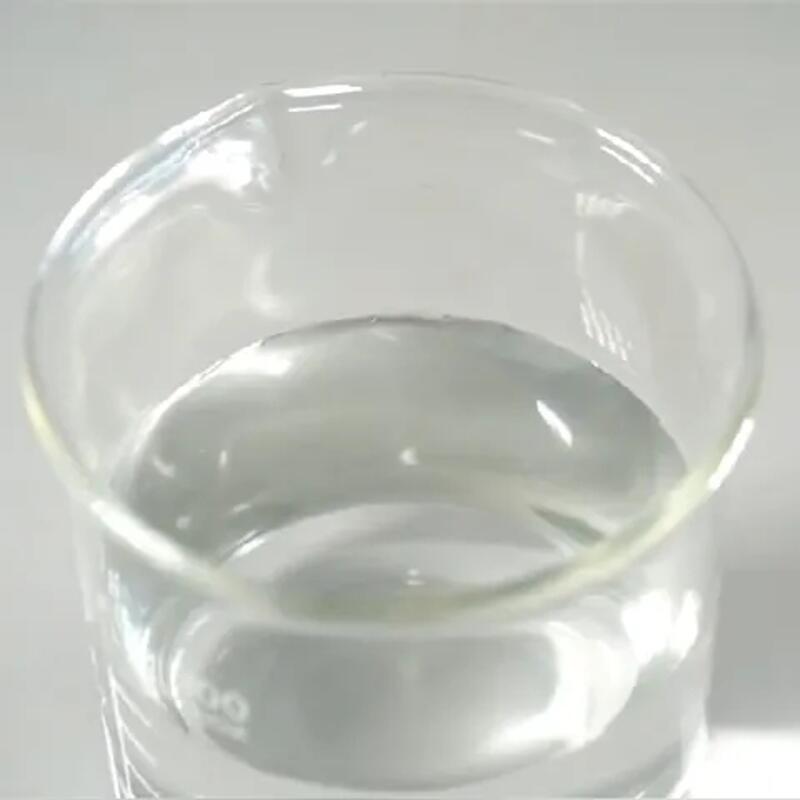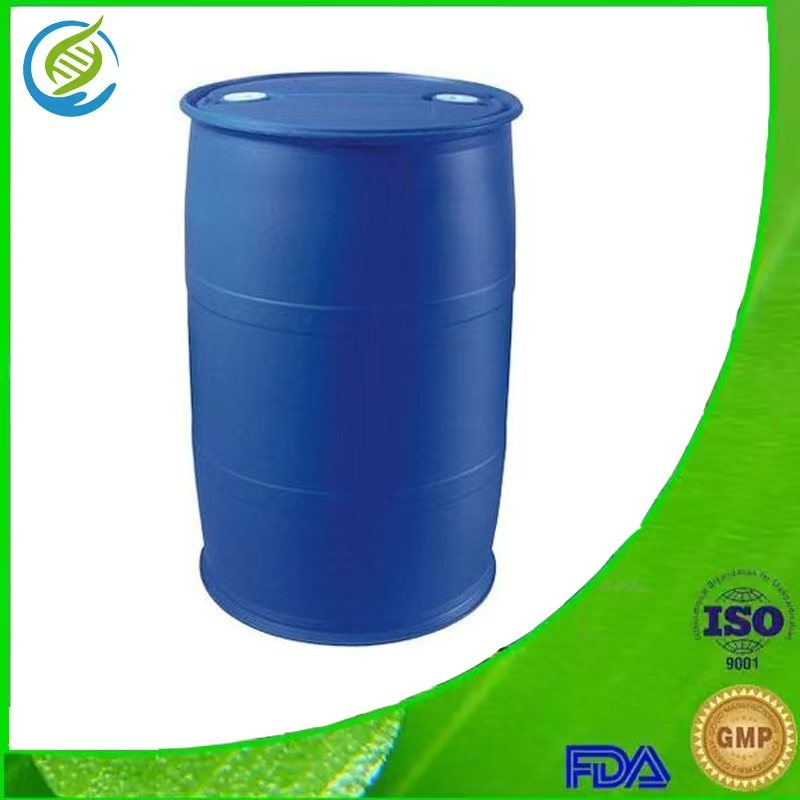-
Categories
-
Pharmaceutical Intermediates
-
Active Pharmaceutical Ingredients
-
Food Additives
- Industrial Coatings
- Agrochemicals
- Dyes and Pigments
- Surfactant
- Flavors and Fragrances
- Chemical Reagents
- Catalyst and Auxiliary
- Natural Products
- Inorganic Chemistry
-
Organic Chemistry
-
Biochemical Engineering
- Analytical Chemistry
-
Cosmetic Ingredient
- Water Treatment Chemical
-
Pharmaceutical Intermediates
Promotion
ECHEMI Mall
Wholesale
Weekly Price
Exhibition
News
-
Trade Service
Airwaymanagementis the focus ofclinicalanesthesia, but the airway stenosis caused by tracheopathy often has hidden characteristics, often in severe stenosis can appear obviousclinicalsymptoms, when symptoms are atypical, often difficult to predict, to anaesthetic-induced trachea intubation brought unpredictable risksThis paper introduces the treatment and analysis of systemic anesthesia induction of tracheostonosine in 1 case withno obvious respiratory symptoms,diagnosis1Case informationpatients, male, 51 years old, 75 kg, 172 cm, admitted to the hospitaldiagnosisfor gallbladder stones accompanied by acute gallbladderitis; There has been a history of rib fractures and vocal band polypsDeny a history of high blood pressure , diabetes and heart disease, and have no obvious history of breathing difficulties pre-surgery visit stoic : clear mind, normal development; tracheoscopic, cardiopulmonary hearing is not special; heart rate 78/min, blood pressure 146/min, blood pressure 146/min,0.133 kPa), breathing rate 18 times/min; SpO2 is around 96% when sucking air Laboratory examination: white blood cell 28.7x109/L, albumin 40.3 g/L, remaining normal There were no obvious anomalies in the chest X-ray (Figure 1A) ASA grade I, choose trachea intubation all with intravenous anesthesia 158285249.png 158852494.png Figure 1 Patient chest image A: preoperative chest x-line film; preoperative 30 min intramuscular injection of atropine (production batch: 1603231, Tianjin Jinyao Pharmaceutical Co., Ltd.) 0.5 mg, phenybabito (production batch: 160708, Shanghai New Pharmaceutical Co., Ltd.) 0.g Patients in the back resting, regular monitoring of heart rate, blood pressure and SpO2, the establishment of peripheral venous channels; sequential intravenous injection of midazolam (production batch number: 20160105, Jiangsu Enhua Pharmaceutical Co., Ltd.) 2 mg, fentanyl (production batch) No., 161009, Yichang Manfu Pharmaceutical Co., Ltd.) 0.2 mg, propofol (production lot number: NJ059, AstraZeneca, Italy) 130 mg and amber choline (production lot number: AAl610 Shanghai Xudongdong Pu Pharmaceutical Co., Ltd 100 mg, rapid induction, wait ingesttheon consciousness disappeared, jaw slack, placed in the video
throat mirror exposed sound door clear, test insertion 7 and 6 trachea catheters can not pass through the sound door under the trachea, try 5 The trachea duct also failed, and the emergency insertion of the No 4 Supreme throat cover maintained ventilation, but the airway pressure was around 40 cmH2O (1 cmH2O-0.098 kPa), the throat cover was leaking, and SpO2 remained at about 95%, PETCO2 is maintained at 60-65 mmHg Communicate with family members about the condition and suspend surgery to wait for the patient to wake up to try to remove the larynx, the patient immediately appears inhalable breathing difficulties, mask pressure assisted ventilation, again give propofol sedation, insert the larynx cover to control breathing Urgently please ear, nose and throat consultation, after the tracheotomy cut, found that the trachea wall diffuses her majesty thickening, tube cavity narrowing, try 4.5 mm trachea catheterization, but the patient's respiratory resistance is larger, PETCO2 is still around 85 mmHg, decided to cut the upper tracheotomy in the chest bone After attempting to dilat the trachea after cutting and disposing into the No 6 reinforced filament, the ventilation improvement is obvious, the airway pressure is 20 cm H2O, SpO2 gradually recovers to 100%, PETCO2 gradually decreases and remains at 40-45 mmHg Take new biological specimens from the trachea for examination After surgery, the patient took the trachea catheter into the postoperative intensive care unit to continue treatment Postoperative pathology report suggests: tracheal amyloid degeneration Postoperative CT review tips: sound door narrow, sound door down to protrusion upper trachea stenosis length of about 8 cm, the narrowest section of the trachea diameter 4 mm (Figure 1B) After the treatment of the ward is stable, the patient is discharged from the hospital for follow-up observation 1582852514974633.png Figure 1B is an postoperative chest CT Note: a: trachea catheter; b: catheter air 2 Discussion amyloid degenerative diseases are rare, the incidence rate is about one hundred thousandth, can affect the human spleen, liver and Kidney, and respiratory amyloid degeneration is extremely rare and the cause is unknown Primary amyloid degeneration is deposited in tissues by protein-light chain and heavy chain amyloid deposition, and secondary amyloid degeneration is associated with auto immune diseases such as nodules and rheumatoids Considering the patient's no secondary factor, after surgery, Congo red pathology staining under the polarizing microscope showed double refractive, diagnosis of primary trachea amyloid degeneration Bronchial bronchial type is more common in respiratory amyloid degeneration, but has no specific clinical manifestations and symptoms, and can have chest tightness, shortness of breath, hemorrhage and cyanosis when the airways appear significantly narrow for patients with acoustic door and trachea stenosis, anaesthetic induced trachea intubation and maintenance of satisfactory ventilation are the difficulties in the management of anaesthetic Preoperative assessment of lesions, stenosis characteristics and lung function is very important, through the neck chest CT scan or fiber bronchoscopy to assess the lesions, size, activity and narrow length, etc., can also be estimated the type of catheter to guide the trachea intubation combined with this patient, first of all, the neck positive X-ray is very critical, can find chest X-ray film can not find the abnormal throat and trachea Secondly, in the trachea intubation difficulties, should change the way of the establishment of the airway, change the throat type respiratory support, to avoid repeated intubation brought trachea damage, further aggravate ventilation difficulties Repeated intubation damage in the patient resulted in a reduction in the internal diameter of the effective ventilation, increased airway resistance, and low oxygen and carbon dioxide build-up after insertion into the larynx Third, after placing the larynx cover should be a fiber bronchoscoscopy intake examination, to guide the follow-up treatment, at the same time it is advisable to send the material for examination, when conditions are feasible emergency trachea stent placement, so as to avoid the subsequent tracheostomy mechanical ventilation treatment at the same time, it is important to note that non-invasive treatment of emergency airway core class and invasive treatment of the ring meth membrane cut open tube may not be applicable to such patients, in the low row tracheotomy is a more ideal choice to avoid cutting the lesions site still can not effectively ventilate In addition, when the laryngeal mask ventilation cannot be inserted, the cyclomelene puncture high frequency jet ventistion is an emergency option supported by the breathing support of such patients Analysis of this case of patients: First, if you can collect a suggestive medical history before surgery, or lung function and other examinations can be found in time to find potential risks, to provide reference for anesthesia induction Secondly, for the treatment of patients in this case, it is feasible to ventilate through the larynx and establish a invasive airway in time, avoiding the risk of hypoxia brought about by neither intubation nor ventilation In addition, for the unexplained and unexpected lower airway lesions caused by the stenosis, timely suspension of surgery to determine the cause of the later selection of treatment is also an optional option In summary, preoperative evaluation is important for patients with airway narrowness due to known bronchosal amyloid degeneration to aid in anesthesia preparation For unexpected patients, anesthesia induction should be as far as possible to avoid repeated test insertion, should think that patients may have airway stenosis, at this time should first choose the throat cover ventilation, and then fiber bronchoscopy to check the airway stenosis and airway lesions, to guide treatment, feasible emergency trachea stent into to relieve airway stenosis, to ensure the patient's life safety







